Gain Knowledge About ATVs Development Process
The history of the modern all-terrain vehicle is inextricably linked with the history of Honda. Since 1959, Honda has been the world’s largest motorcycle manufacturer. During WWII, Soichiro Honda (Honda’s founder) was unable to use his car due to a gas shortage, so he devised the novel idea of attaching a small engine to his bicycle.
His concept gained widespread acceptance, and he founded the Honda Technical Research Institute in Hamamatsu, Japan, to develop and manufacture small 2-cycle motorcycle engines. Over 18,000 bicycle shop owners from across Japan participated in the study, which helped bring a nation torn apart by war together. Honda would pave the way for the modern ATV thanks to this research institute.
Here’s how ATVs have changed over time.
The Jiger

Though Honda would later become the most popular ATV brand, the first All-terrain vehicle, called the Jiger, was developed in 1961 in Toronto, Canada. The Jiger was a 5-1/2-horsepower, 200-pound, 6-wheeled amphibious ATV that could travel on both land and water. All of the first Jigers built for sale were made to order.
Prospects for the product included athletes and members of the military. The Jiger was marketed as a “Go Anywhere Vehicle” and mass production began in 1965. Despite its popularity, the company’s financial difficulties forced the end of production in 1968.
Osamu Takeuchi: Father of the Modern All-terrain vehicle
In 1967, American Honda asked one of its engineers, Osamu Takeuchi, to create a new product that dealers could sell during the winter when motorcycle sales slowed. Takeuchi created many design concepts, including vehicles with two wheels, three wheels, four wheels, and even six wheels, such as the Jiger. In snowy, slippery, or muddy conditions, the three-wheeled concept outweighed the two-wheeled concept and also provided better maneuverability.
Finding tires that would actually grip on soft terrain, such as snow, was a challenge.
The Amphi-Cat, with six 20-inch low-pressure, high-flotation balloon tires, was then sent to Takeuchi by Honda.

Takeuchi’s tires would add another 2 inches, resulting in three full 22-inch low pressure balloon tires. Those tires allowed the vehicle to go places other vehicles couldn’t, causing little or no damage in their path.
1970: US90 ATC Comes To America

Honda introduced the world’s first three-wheeled ATV, or ATC (All-Terrain-Cycle), to the United States in 1970, and it was an instant success. It was marketed and sold as a recreational vehicle, and it was featured in the James Bond film Diamonds Are Forever, as well as popular TV shows such as Magnum P.I. and Hart to Hart.

Honda introduced the ATC 70, a smaller version of the ATC 90 aimed at children.
Though ATVs were initially marketed to sportsmen, it wasn’t until the 1970s gas crisis that customers began purchasing them as utility vehicles for agriculture and farming. This was due to the fact that All-terrain vehicles were significantly less expensive than tractors and consumed only 8% of the fuel required to power a tractor.
By the 1980s, ATV demand had reached an all-time high, and they had evolved into multi-purpose machines that served both recreational and utility purposes.
The presence of more wheels on the road raises safety concerns.
As ATVs became more popular, there was an increase in accidents and injuries, particularly among adolescents and children. In 1984, the Consumer Product Safety Commission (CPSC) launched an investigation. By 1986, their statistics suggested that the majority of ATV accidents were caused by poor rider behavior rather than poor vehicle design.
Nonetheless, on April 28, 1988, U.S. ATV distributors signed the Final Consent Decree, a 10-year agreement with the CPSC in which the ATV industry committed $100 million to expand existing ATV safety courses and programs. Among the many provisions of this agreement, ATV distributors were required to provide free training and training incentives to new ATV owners and purchasers.
Three-wheelers were also phased out of the ATV market as a result of this agreement.
Enter the 4-wheeler

Suzuki introduced the first four-wheeled ATV, the QuadRunner 125, in 1982. It had an odometer, five forward speeds, and a reverse gear! This quad pioneered the 4-wheel All-terrain vehicle revolution.
Suzuki took the ATV world by storm in 1985 when it released the first high-performance 4-wheel All-terrain vehicle, the Suzuki LT250R QuadRace (below).

Meanwhile, Honda was developing its own four-wheeled concept. They unleashed their beast, known as the FourTrax TRX250R, in 1984 after scrutinizing research and testing prototypes with riders wearing 50-pound instrument packs that recorded data on every aspect of the machine’s operation (below).

The FourTrax 250R continues to win awards for its performance to this day.
Honda’s biggest year for ATV sales was 1984. 370,000 units were delivered, accounting for 69 percent of total ATV sales in the United States that year.
Enter 4-Wheel Drive

Honda introduced the first four-wheel-drive ATV, the FourTraxa 350 4×4, in 1986. It was lowered from a helicopter for its grand unveiling to show all four wheels moving independently.
This model would go on to become the most versatile and popular ATV ever made.
ATVs Now

All-terrain vehicles have evolved from recreational vehicles to vital tools in a variety of industries ranging from farming, agriculture, hunting, industry, and ranching, as well as an important mode of transportation for people with disabilities.
Many of the uses and applications for ATVs have come from their owners, who have helped shape their development and design along the way.
Nowadays, with the vigorous development of children’s cars, it is very convenient for children who love cycling to try various models. When you want to give your cute young person a toy that will make them happy? This battery-powered all-terrain vehicle is a great choice. Your kids will be instantly drawn to the bright headlights and cool looks. In addition to entertainment, driving this ATV can also enhance children’s morality and courage.
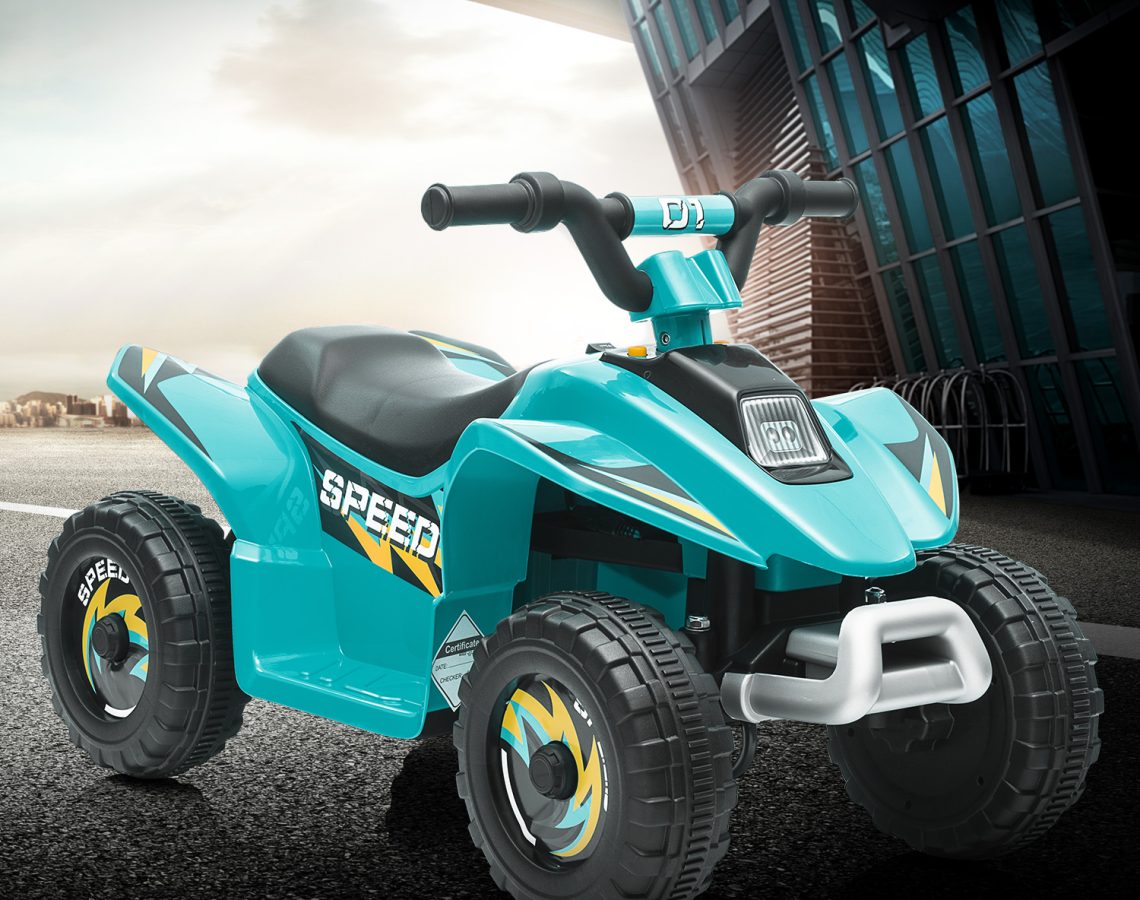
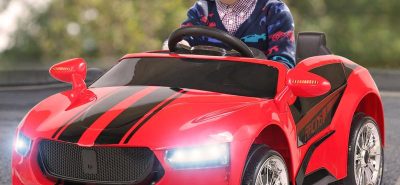

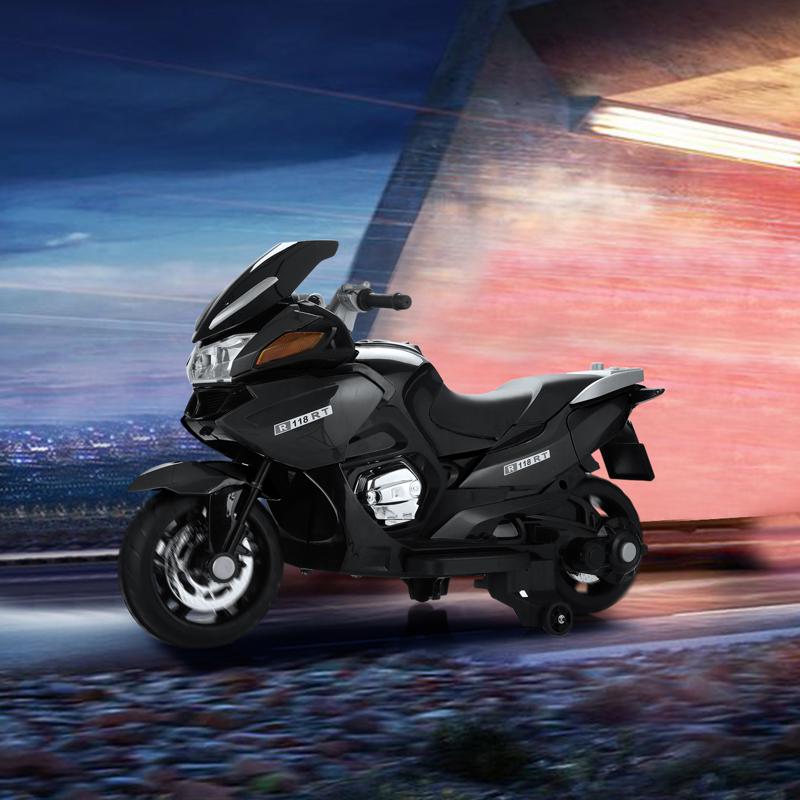
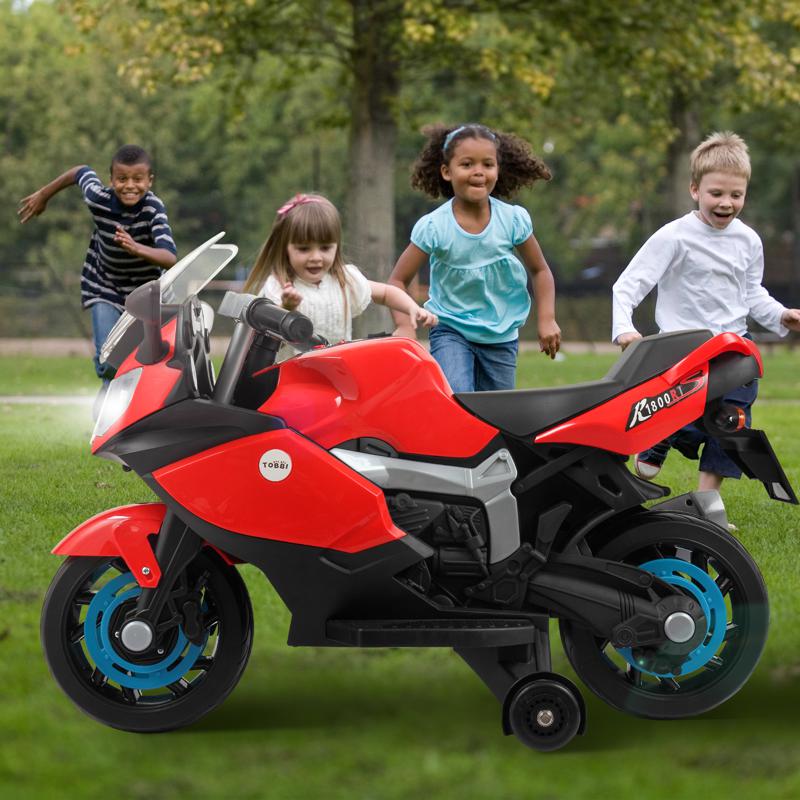





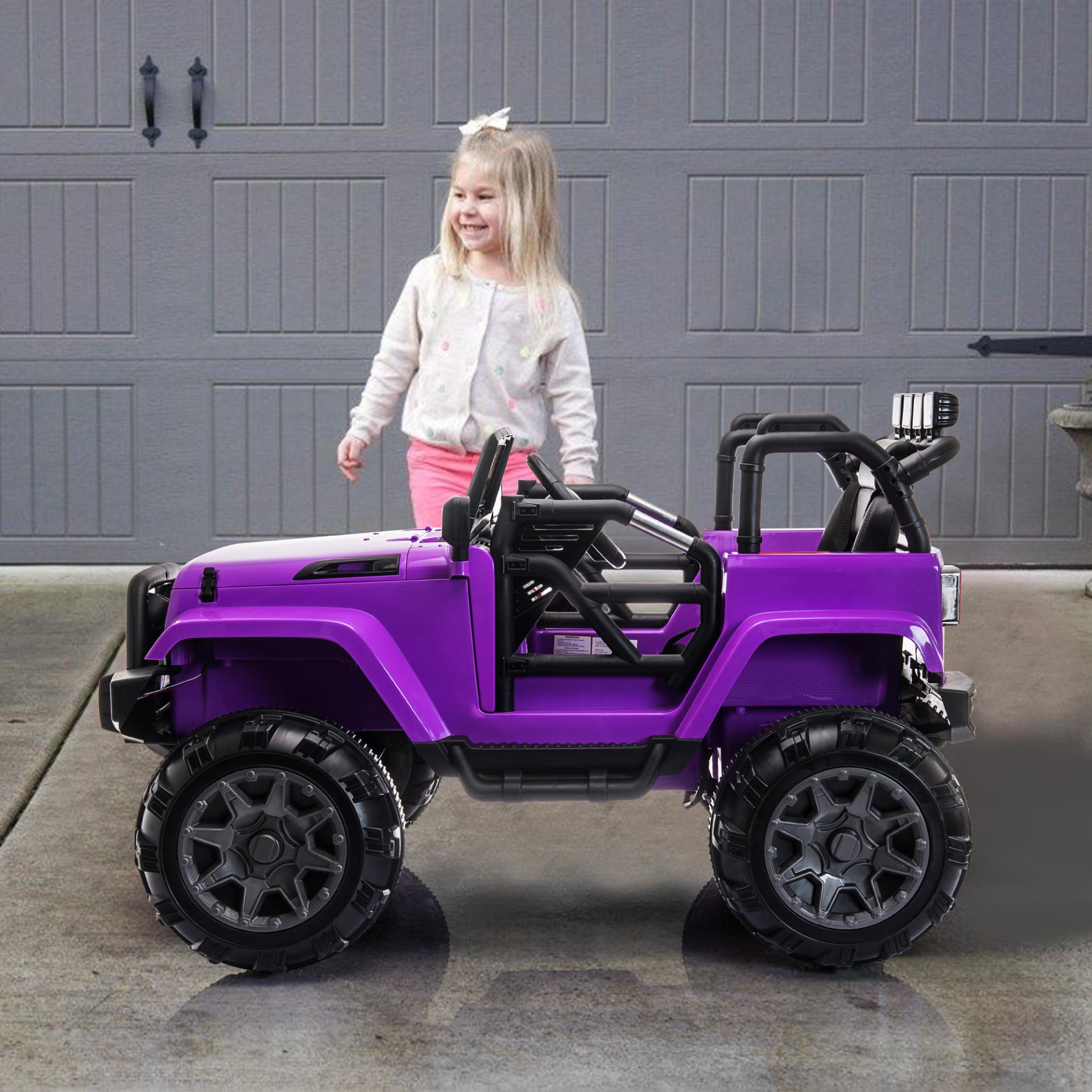
LEAVE A COMMENT
You must be logged in to post a comment.